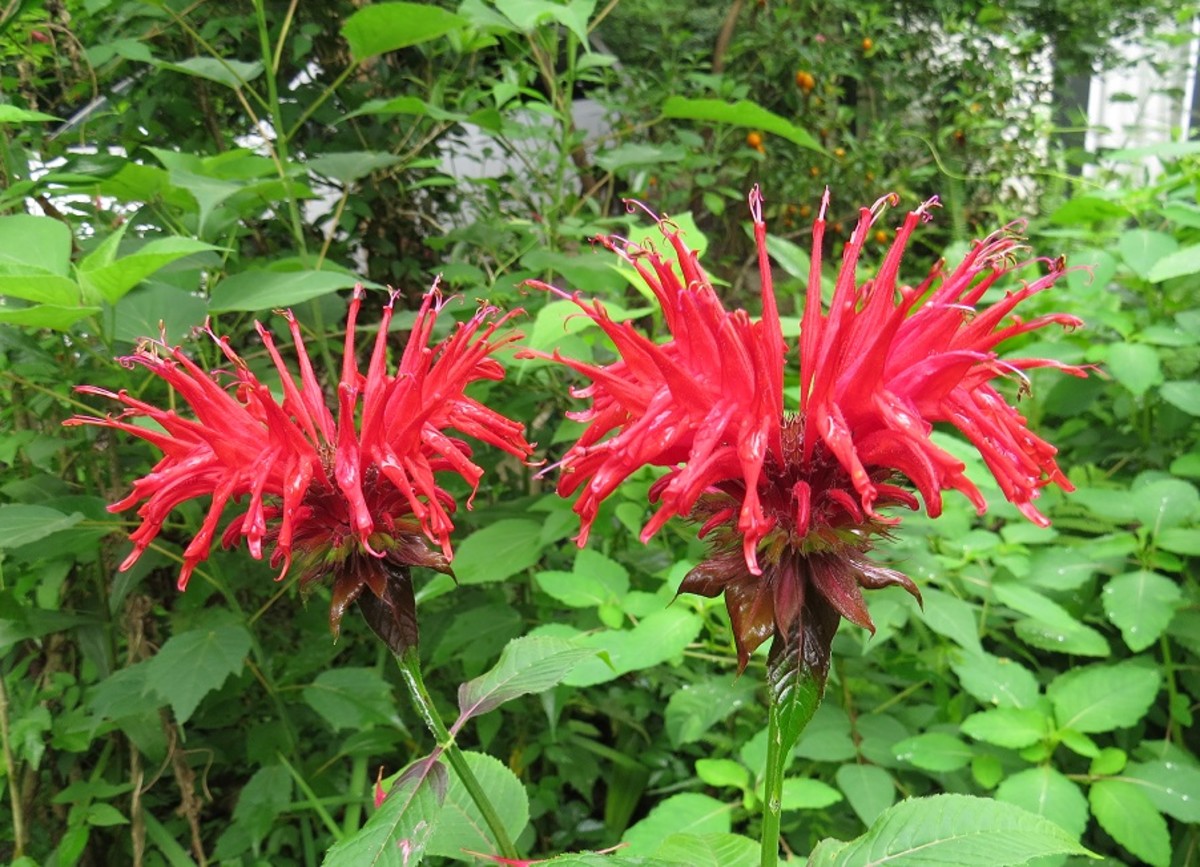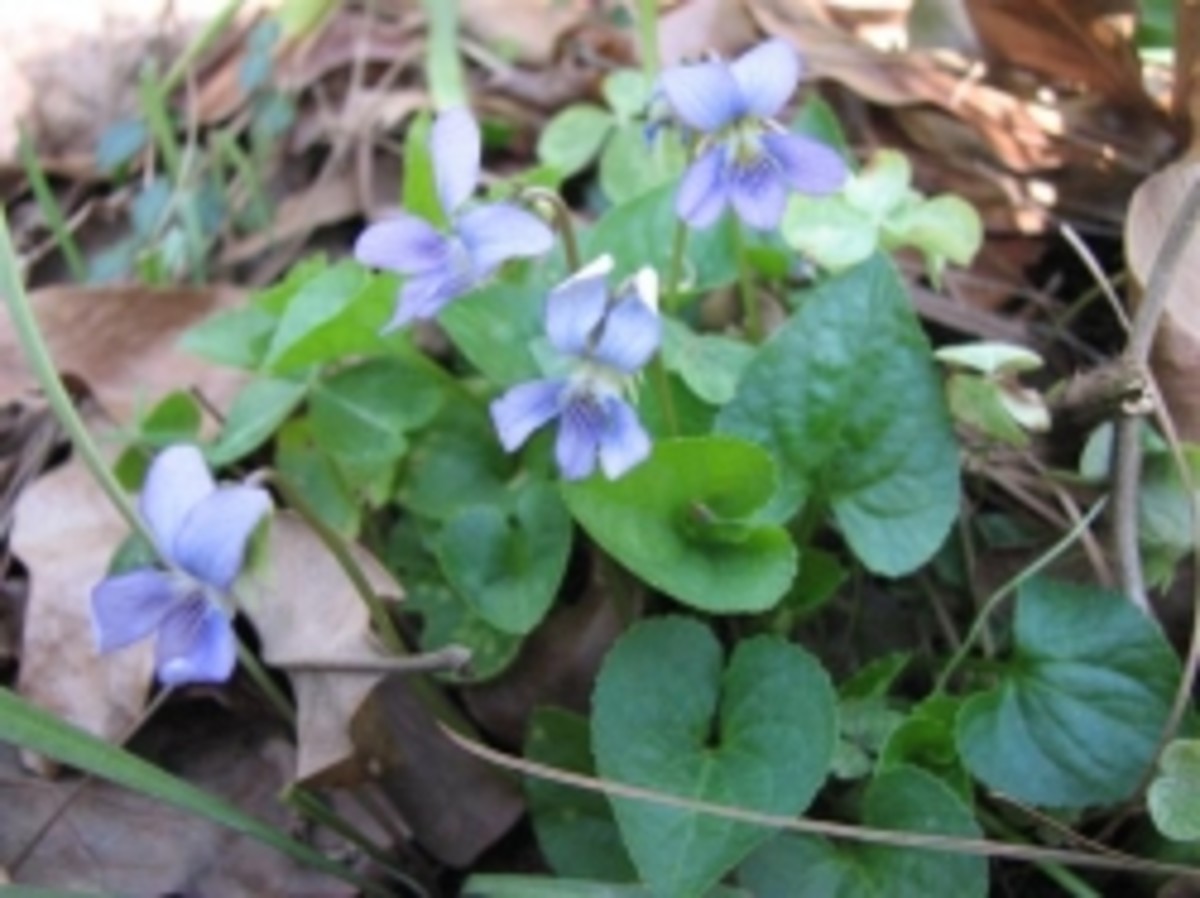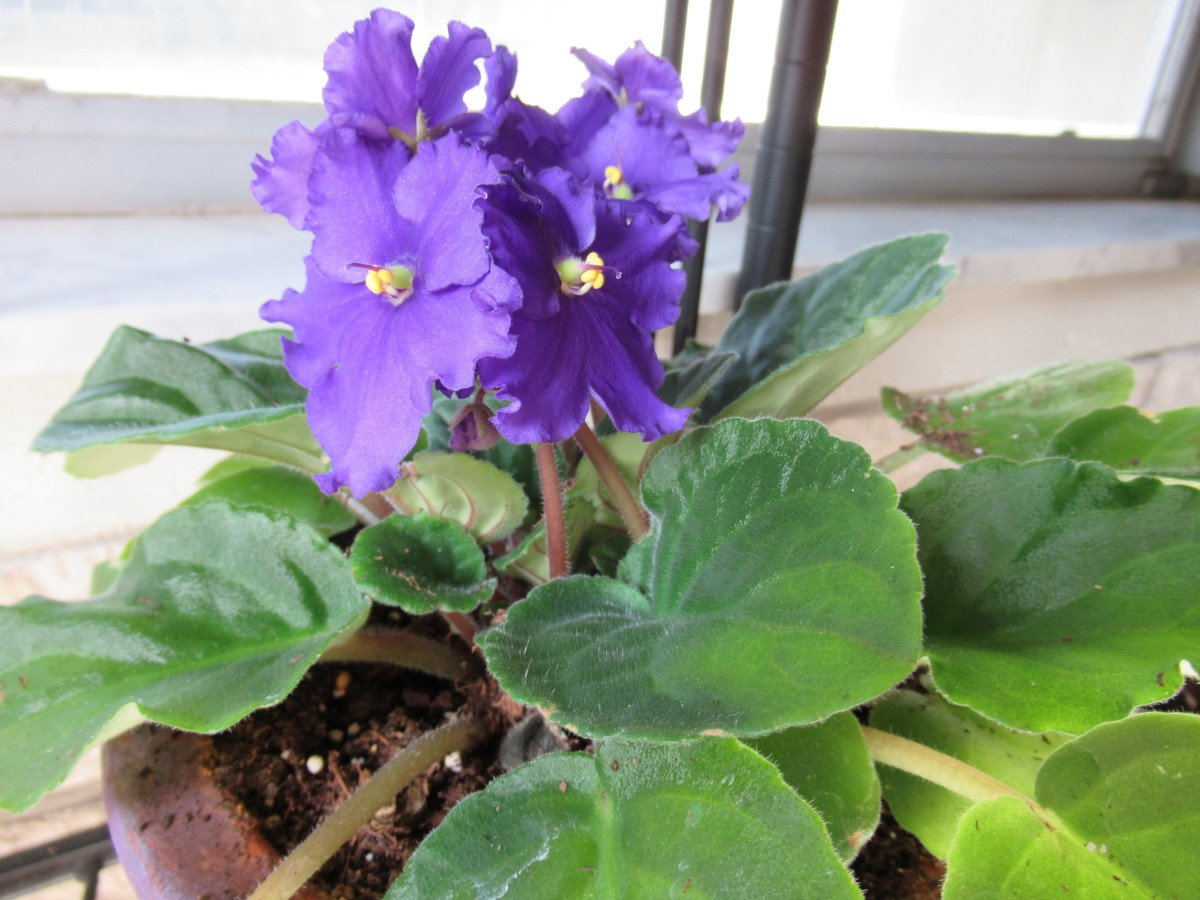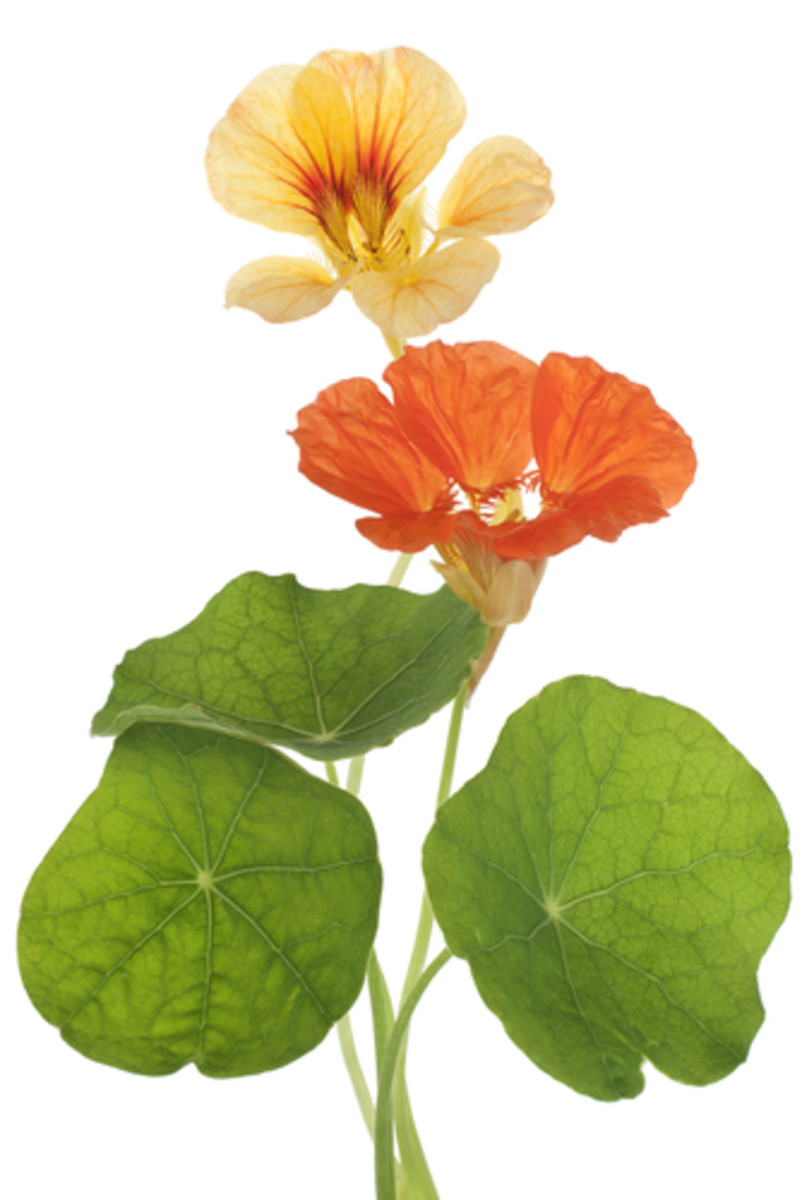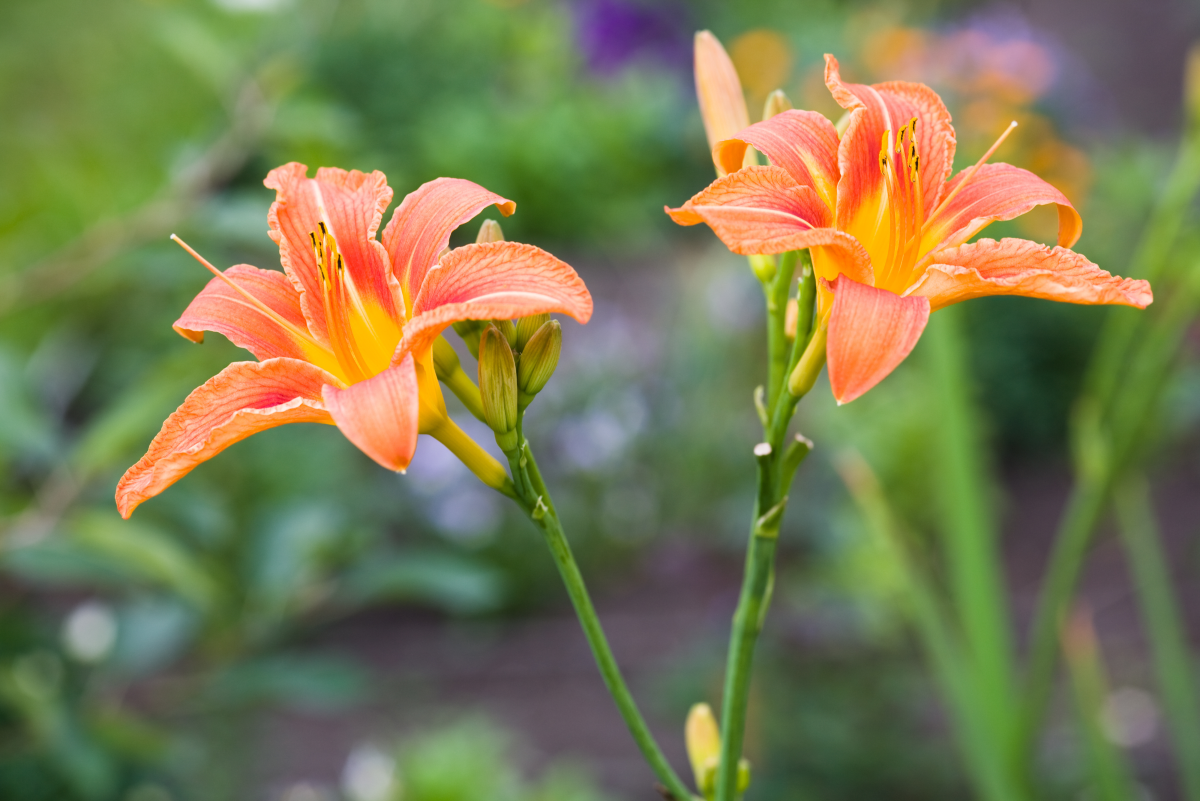The Beauty and Benefits of Violets

Sweet Violets, Sweeter than the Roses
Don't go looking for roses and walk, unseeing, past the violets. It's hard to imagine how anyone can resist a posy of sweet violets, viola ordorata, so appealingly delicate with their velvety purple petals and clean, sweet perfume.
Apart from their ethereal beauty, sweet violets are also a popular culinary item as they add wonderful colour and a very light, nectar-like flavour to salads and cake decorations.
From classical times, violets have been cultivated for wine, perfume, medicinal purposes and used as decorative garlands and wreaths. Apart from anything else, violets are just beautiful!
I grow my violets in pots
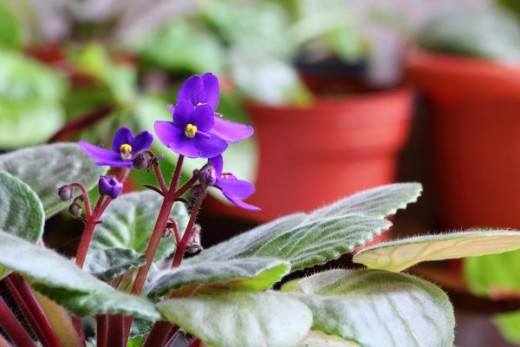
A Cup of Violet Tea
Put violet leaves and petals in a pot, pour over boiling water and steep for 5 minutes. Strain and drink.
Instructions
- Put violet leaves and petals in a pot, pour over boiling water and steep for 5 minutes.
- Strain and drink.
Ingredients
- 1/2 tsp dried or 1 tsp fresh violet leaves
- 1/2 tsp dried or 1 tsp violet petals
- 1 cup boiling water
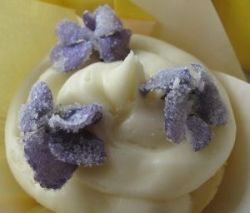
Candied Flowers
Sugared Violets
Back in Victorian times when they really knew how to serve afternoon tea with style, candied violets were a popular confection. Cooks garnished cakes, pastries, flans and puddings with sugared violets.
It's been a while since I went to the trouble of making these little violet decorations but the way that my Great Aunt Bessie taught me is still firmly embedded in my mind.
1. Pick a large number of violet flowers and let them dry on a paper towel for a couple of hours.
2. Beat an egg white to a froth. You can colour the beaten whites with food colouring if you wish, but I always found this a teeny bit difficult without making the whites 'heavy'.
3. Using a fine brush, carefully coat each flower with the egg white, then pour fine sugar over each. Blend the sugar in your blender to make it a finer consistency if you have to. It must be very fine.
4. Lay each flower on wax paper to dry, then use as a decoration for your sweets, cakes and desserts when the flowers are stiff enough to move.
There are some variations of Candied Violets at WikiHow - with photographs
Strawberries with Violets, Orange Peel and Cream
- 2 tsp. candied violets
- 2 tsp. candied orange peel
- 2 cups unsweetened whipped cream
- 2 baskets strawberries
- 4 fresh violet blossoms
Instructions
- With a very sharp knife, chop the violets and the orange peel separately.
- Place the whipped cream in a bowl. Gently fold in the violets and the peel without deflating the cream.
- Divide the berries into four decorative dessert cups.
- Top with the flavored whipped cream, and serve, garnished with a fresh violet blossom on each dessert.
Be careful when you eat violets!
Only eat edible sweet violets that you've grown yourself - then you know they haven't been treated with insecticides

Not tonight, Josephine
Napoleon Bonaparte was partial to violets. He spoke of their 'quiet beauty' and liked to have small pots of them in his rooms.
When he married Josephine Beauharnais, she wore violets on her dress and in her hair, and on every wedding anniversary he sent her a violet bouquet.
In 1814, before leaving for his exile in St. Helena, Napoleon asked to visit Josephine's tomb to pick the violets which were growing there.
Petals from these violets were still in a locket around his neck when he died.
Josephine by Andrea Appiani
Embroidery with Violets
- Ruched Ribbon Violets
These violets can be made with or without the fine wire remaining in the selvedge.
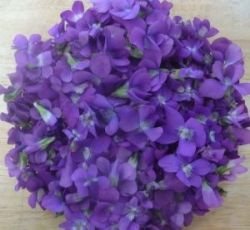
Say it with Violets
In the Language of Flowers
In the language of flowers the violet means modesty, affection, humility, faithfulness, and good luck.
If the violets are white then they send the message: "lets take a chance on Happiness".
If the violets are blue: "I'll be true, always".
It is said, that if you dream of violets it foretells success. If you wear a garland of violets around your head, it should prevent you from getting dizzy.
Violets are the birthday flower for February.
How to Grow and Cook Edible Plants
Flowers have been used for culinary purposes since earliest times.
Rose petals have been used to perfume sweetmeats, jellies and cakes for centuries, and the tiny, richly scented 'Parma' violet was a popular flavouring during the Victorian era.
Today, there is renewed interest in using flowers as ingredients in cooking; their subtle flavours and glorious colours impart an extra dimension to many of our favourite foods.
Violet for your Eyes
- Violet Eye Cream
Natural skin care recipe for violet eye cream.

Violets in Mythology
Created for the Priestess, Io
In Greek, a violet is Io
In mythology Io was a priestess of Hera at Argos who caught the eye of the passionate and promiscuous Olympian Zeus.
However Zeus was concerned that his wife, Hera, would discover their affaire, so he transformed Io into a stunning white heifer and then created the sweet-scented violet for her to eat.
In the 2010 film Clash of the Titans, Io was a major deviation from Greek mythology: instead of being Zeus' lover, she was portrayed as a guide to Perseus. Her transformation into a cow was also not mentioned. Instead, she was "cursed" with agelessness for refusing a god's romantic advances.
Edible Flowers
Just as the leaves and roots of some flowering plants can be eaten; various flowers, which can be used to decorate a room, can also be used in foods and are considered edible.
In addition to immediate consumption, flowers may also be preserved for future use using techniques such as drying, freezing or steeping them in oil. Edible flowers can be used in drinks, jellies, salads, soups, syrups and main dishes.
Sweet Violets - Nostalgia with Dinah Shore
Folk Medicine
Sweet violets are the only medicinal violets.
They have both expectorant and diuretic properties and can be taken in a tea for coughs, colds, and rheumatism. Make a pot of violet tea to use as a gargle, or add honey to thicken the tea.
In Pakistan, violet tea is drunk to increase sweating and reduce fever. It's also said that violets relieve anxiety, insomnia and reduce high blood pressure. In the 17th century throat lozenges, made with violet conserve, were used to treat bronchitis, as well as to combat sinus congestion.
Violets are reputed to reduce the symptoms of a hangover. Combining wine and violets dates back to the ancient Greeks, who would not only put the petals in the wine, but would scatter them all about the banquet hall. They wore garlands of violets in the belief that this would help to prevent dizziness and headaches from overindulging.
For a stiff neck
Pound violet leaves into a paste, add water and a little oatmeal till thick, then apply to a warm compress and place on the back of the neck.
The essential oil of violets is also used in aromatherapy.
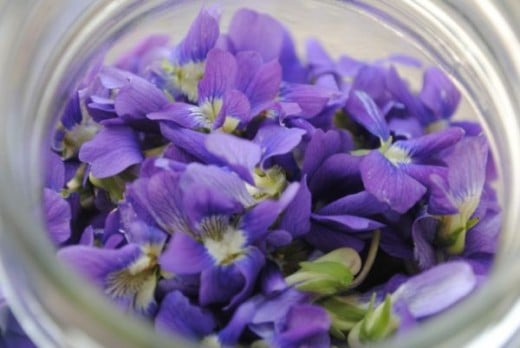
Violet Sherbet
From Wild Man Steve Brill in Shoots and greens of early spring in Eastern North America
Sherbets usually contain water, sugar, and artificial flavors. This one, using natural thickeners and sweeteners, provides an especially rich setting for these luxuriant flowers.
Purée all ingredients except the violets in a blender. Freeze in an ice cream machine according to the manufacturer's directions. Stir in the violet flowers. Makes 5-1/2 cups.
Instructions
- Puree all ingredients except the violets in a blender.
- Freeze in an ice cream machine according to the manufacturer's directions.
- Stir in the violet flowers.
Ingredients
- 2 cups violet flowers
- 4 cups water
- 1/4 cup grape seed or canola oil
- 1/4 cup vegetable glycerin
- 1/4 cup raw cashews
- 1/4 cup lecithin granules - available at health food stores
- 2 TBLsp flax seeds
- 2 tsp liquid stevia or other sweetener
- 2 tsp freshly grated orange rind
- 1/2 tsp salt
More Enchanting Edible Flowers - For Health and Beauty
The Beauty and Benefits of Dandelions
Do you remember playing with Dandelion Clocks? We used to tell the time by counting how many puffs it took to denude a dandelion - is this something everyon...
The Beauty and Benefits of Sunflowers
You can't mistake a sunflower. It's impossible to mistake a sunflower. Sunflowers are incredibly useful. The valuable edible oil has more Vitamin E than any...
The Beauty and Benefits of Calendula
Do you have a calendula plant in your garden? The bright cheerful calendula, or marigold, is cultivated in the kitchen garden for making teas, broths and med...
How about you?
Do you eat edible flowers?
© 2008 Susanna Duffy


